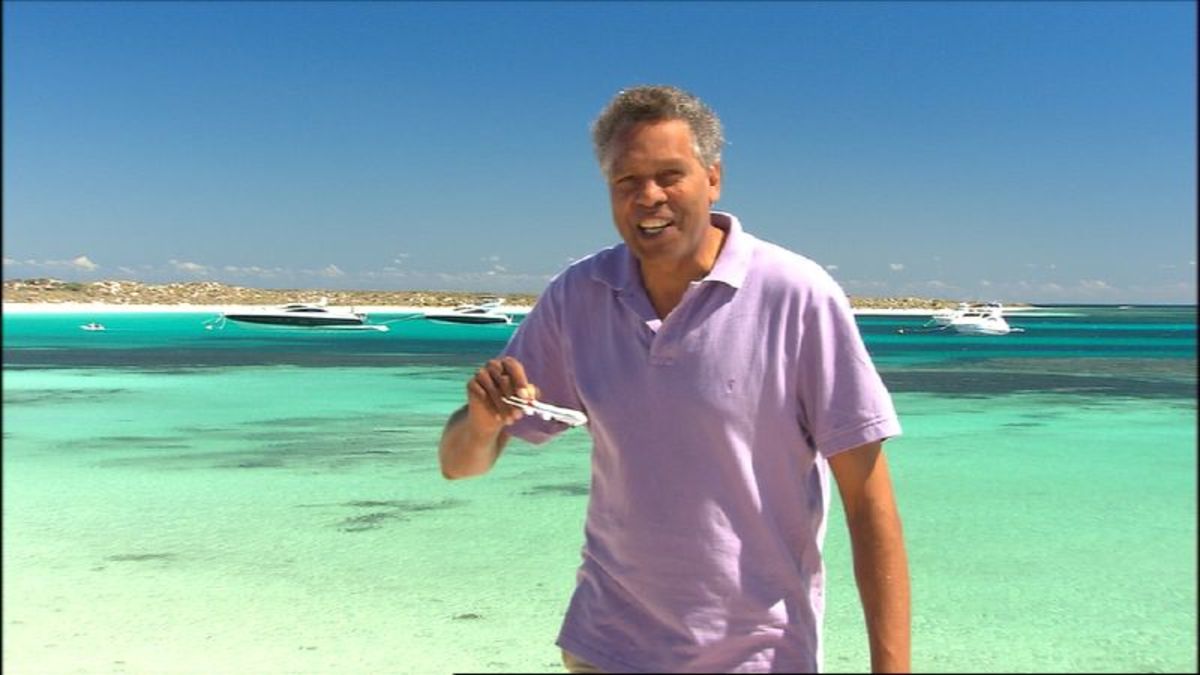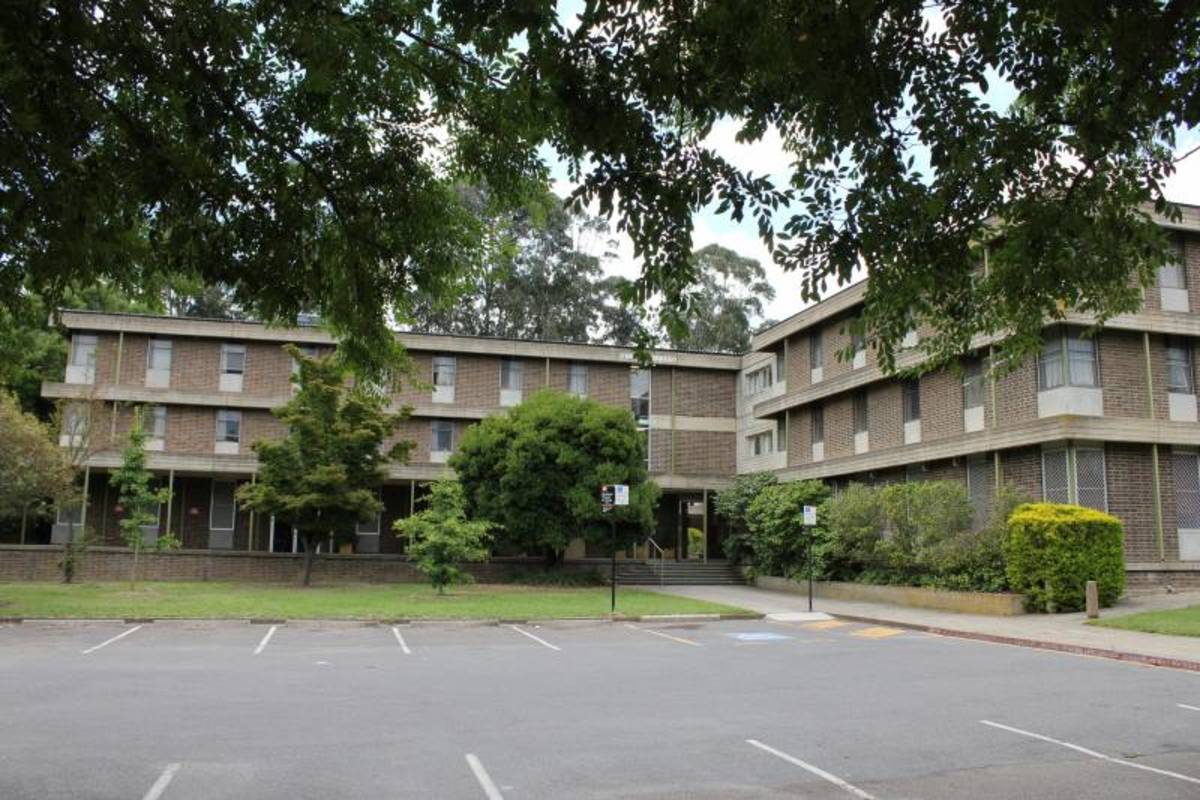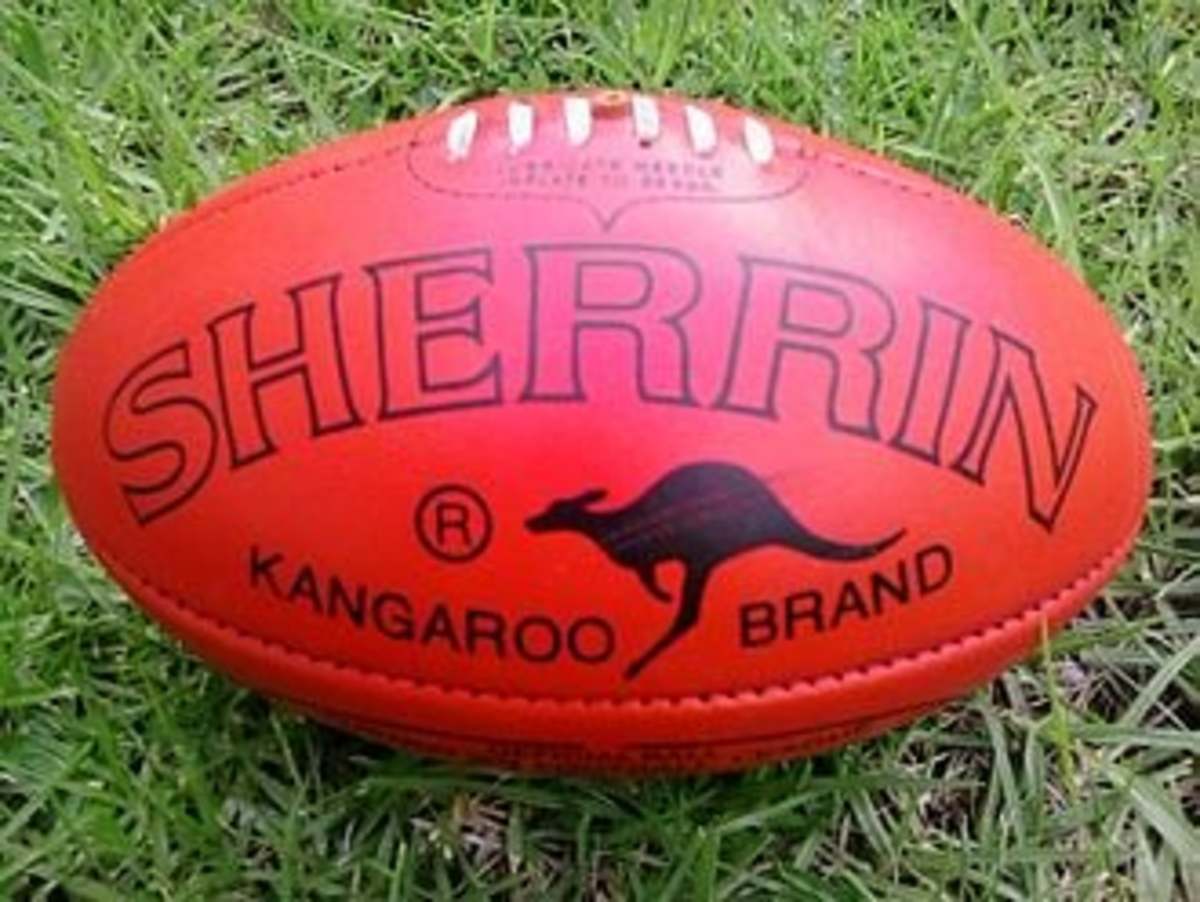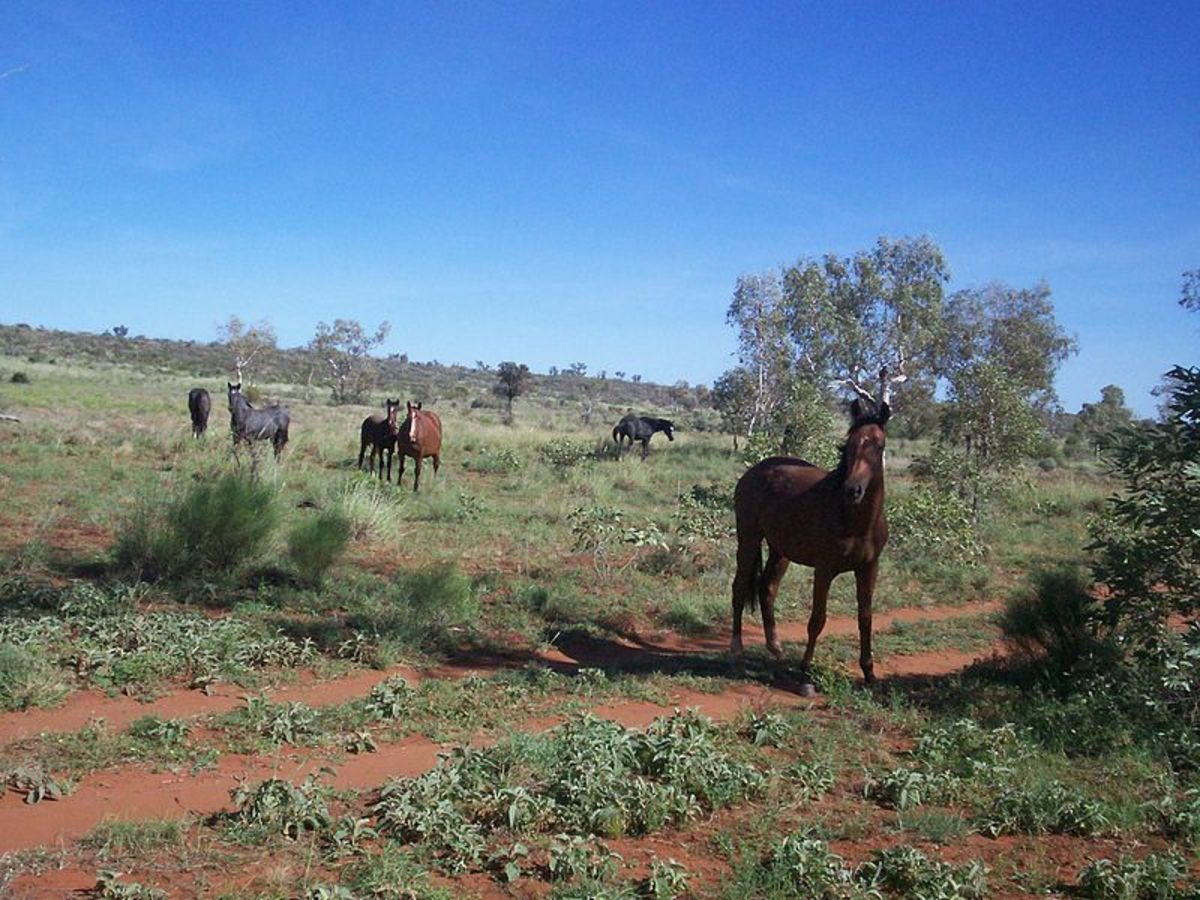The First Fleet and Founding of Australia
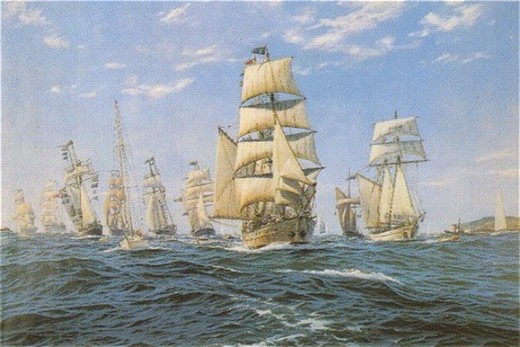
A Unique Voyage
This year on 26 January I was in Australia. There was all around celebration as it is Australia’s national day. I was intrigued how this day became the national day of Australia and carried out a bit of research on the subject. I learned that this day i.e. 26 January was the day when the first consignment of felons and convicts landed in Australia from England and paved the way for the establishment of the Australian state as it exists today.
Populating Australia
On 26 January 1788, 762 prisoners from Britain’s jails landed in Australia after being transported in Her Majesty’s Ships under armed escort. These convicts were settled in Australia to serve their remaining sentence there. Subsequently, 162,000 convicts were transported to Australia till 1862, when this practice ceased. The first lot of convicts that were transported is part of Australian history and the voyage is known as the First Fleet.
The First Fleet is a unique event in maritime history when 11 ships including 2 escort ships sailed from Portsmouth in England and after a voyage lasting 7 months made it to Australia. How did the British government get the idea of transporting Felons and convicts to Australia? Two factors are omnipotent in this decision.
- Firstly the jails in England were overcrowded and were bursting at their seams with prisoners. This was because of the Industrial revolution and archaic laws, which resulted in common men and women being jailed for simple crimes.
- The British were earlier settling these convicts in America, but after 1776 the new government in America refused to accept any more convicts and the British had to look for an alternative place.
- Thomas Cook the great explorer gave them a clue. He had a look at New South Wales and concluded that it was an excellent place for inhabitation. He went back to England and painted a rosy picture of the area. The British government was convinced that this was the solution to their problems of overcrowded jails.
Voyage to Down Under
A random selection was made and some 600 men and 180 women were herded on the ships to be transported to Australia. Captain Arthur Phillip was put in overall command of the fleet that is now famous as the First Fleet. The Ships sailed from Portsmouth on a one-way mission to transport the criminals and convicts to the ‘New Land’. This was the beginning of Australia and most descendants of present-day Australians can trace their lineage to the 162,000 convicts that were sent from England to Australia over a period of 75 years.
We now talk of forcible movement of populations by Hitler and others, but generally, this transportation of criminals to Australia is buried in history. The First Fleet is a very important event in maritime history. There is no parallel of such a large group of people being transported across the globe to a distant land to serve out their punishments.
The voyage with the prisoners is a unique event in maritime history. It compares to the slave trade of blacks to America from Africa. However, the prisoners and convicts were treated better and given adequate rations, unlike the blacks who died in droves on the voyages to the New World. Many convicts died on these voyages, but their numbers were not alarming and 96% of the convicts were settled in Australia.
Sailing with the First Fleet
The First fleet women convicts were willing for sex with the sailors. This is one aspect that has not been touched upon. The convicts, as a rule, were not allowed on deck and the women looked for sex with sailors as a chance to escape to the deck and savor some fresh air. Many women were also given additional rations for this activity. Unfortunately, the men had no such chance and were condemned to remain below deck till the ships reached the destination.
The First Fleet sailed across the North and South Atlantic and the Cape of Good Hope. There was no other way and the most harrowing time was when the fleet crossed the tropical waters when day temperatures soared and made life all around difficult. In between the fleet halted at the Canary Islands, Rio de Janerio, and Cape. They took in supplies of meat and fresh water at these points. After Cape, the fleet sailed directly to Australia. There was no stop after cape and after 7 months at sea, the ships reached New South Wales.
Great Maritime Event
The Fleet anchored off the Australian coast and on 26 January the first batch led by Captain Philips landed on the coast and raised the Union Jack. The voyage has a special place in maritime history and deserves recognition. Not only was the Australian state launched, but in sheer naval episodes, this must rank as one of the great all-time voyages. Philips became the first governor of the settlement and later returned to England where he died. But his feat of moving an entire fleet of 11 ships with women and men who were convicts deserves mention as one of the great maritime events of all time.

